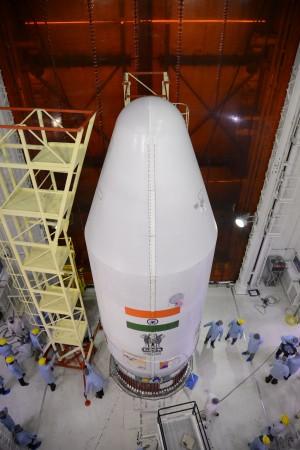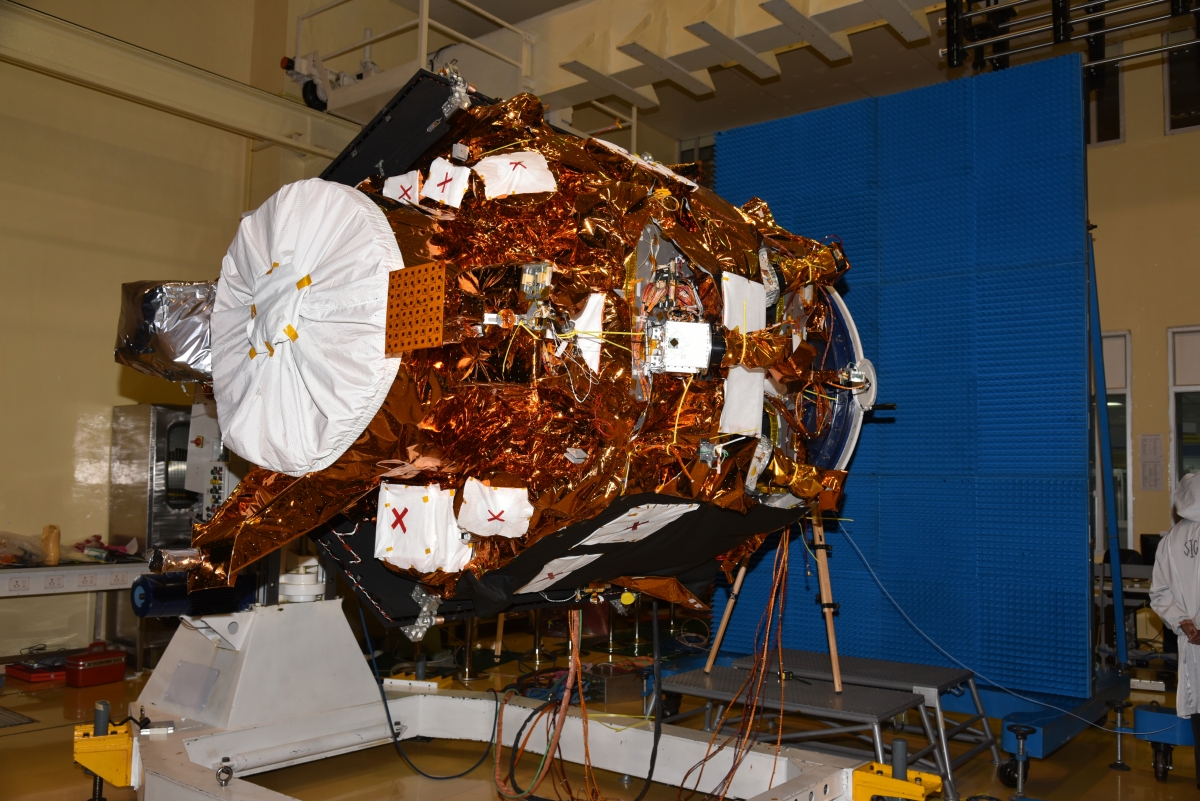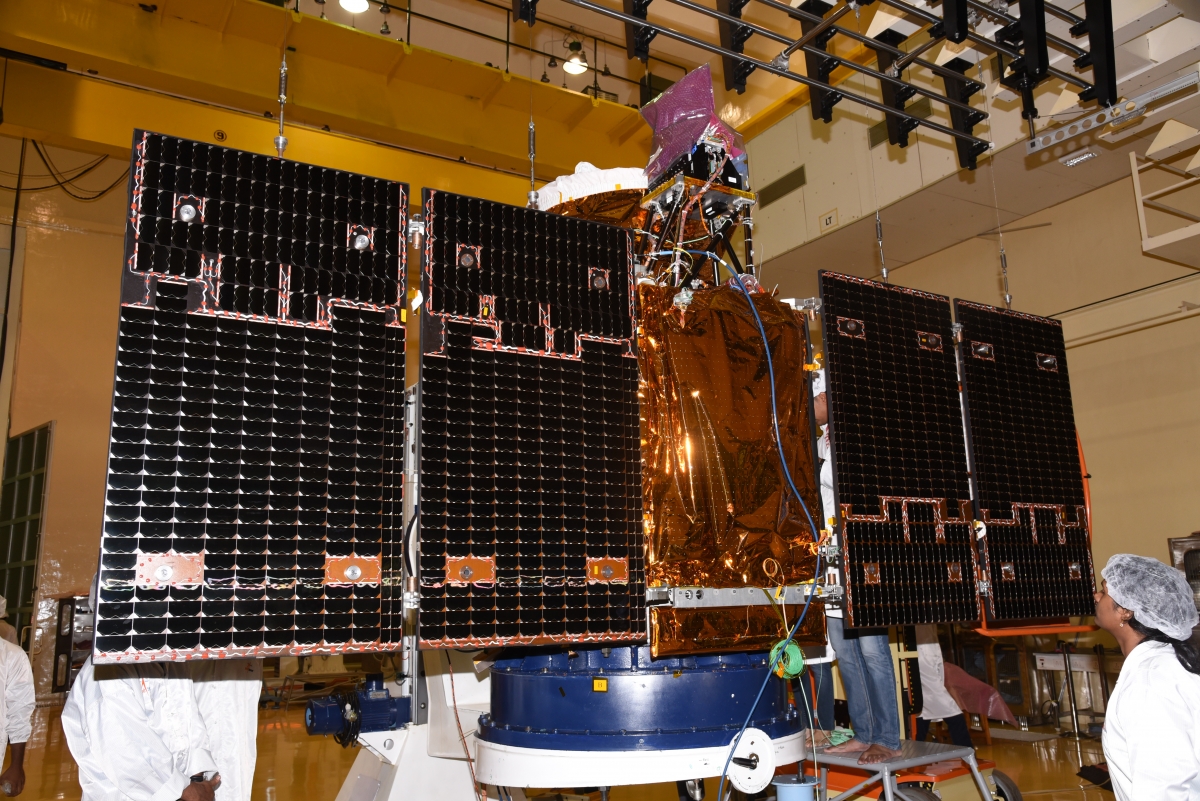
Following the successful launch of the GSLV-MK III, the heaviest rocket made by India, the Indian Space Research Organisation (ISRO) is all set to launch an earth-observation satellite Cartosat-2E series and 30 other co-passenger satellites with its launch system, Polar Satellite Launch Vehicle (PSLV).
ISRO GSLV Mk-III launch updates: 'Fat Boy' launcher successfully puts satellite GSAT-19 in space
According to ISRO, the PSLV rocket's XL variant is expected to lift off on Friday morning (June 23) at 9.29 am from the First Launch Pad (FLP) of Satish Dhawan Space Centre in Sriharikota.
The PSLV rocket, which will be undertaking its 40th flight, will be putting the Cartosat-2 series which weighs about 712 kg and the 30 satellites weighing around 243 kg at lift-off into a 505 km polar Sun Synchronous Orbit (SSO).
The Cartosat-2E will facilitate monitoring of the earth. The panchromatic and multispectral cameras will help in providing regular remote sensing services.

Besides, the Cartosat will help in cartographic applications by helping in the creation of land use maps, coastal land use and regulation, change detection to bring out geographical and man-made features and various other land information system applications.
Finally, it will also make the road network and water distribution monitoring much simpler.
While almost 29 of the 30 nano satellites on board are from foreign countries namely: Austria, Belgium, Chile, Czech Republic, Finland, France, Germany, Italy, Japan, Latvia, Lithuania, Slovakia, United Kingdom, and United States of America, the only one nano satellite being sent by India was created by the students of Noorul Islam University of Tamil Nadu.
The 29 International customer nano satellites are being launched as part of the commercial arrangements between Antrix Corporation Limited (Antrix), a Government of India company under Department of Space (DOS) and the commercial arm of ISRO and the international customers.
ISRO had already created a world record by launching 104 satellites on February 15. It is currently working alongside with NASA to make the biggest satellite ever for Earth imaging. The NISAR – NASA-ISRO Synthetic Aperture Radar, which is also the most expensive satellite, will be launched in 2021.









!['Kaise ho bhai..': PM Modi shook hands with Akshay Kumar at a media summit in Delhi [Watch]](https://data1.ibtimes.co.in/en/full/806317/kaise-ho-bhai-pm-modi-shook-hands-akshay-kumar-media-summit-delhi-watch.jpg?w=220&h=138)





